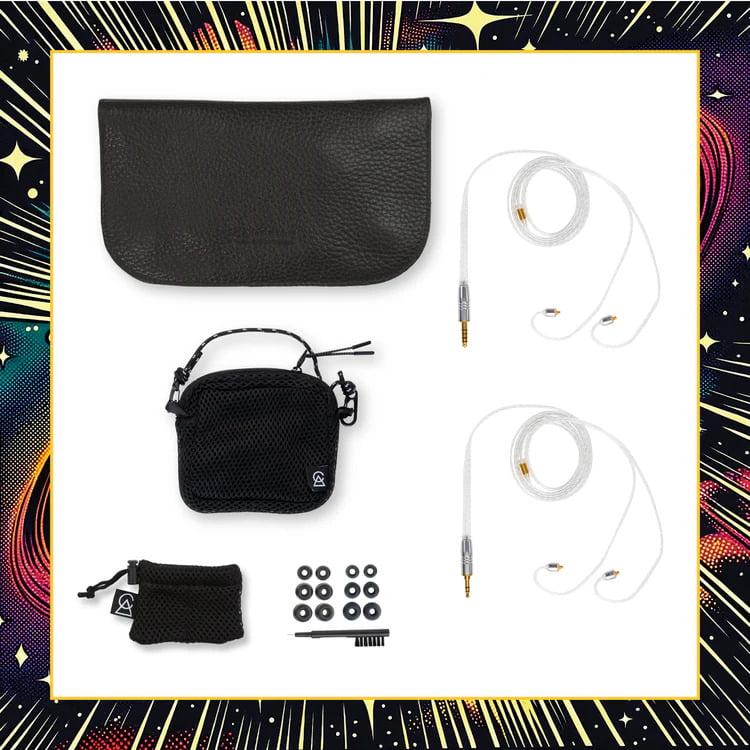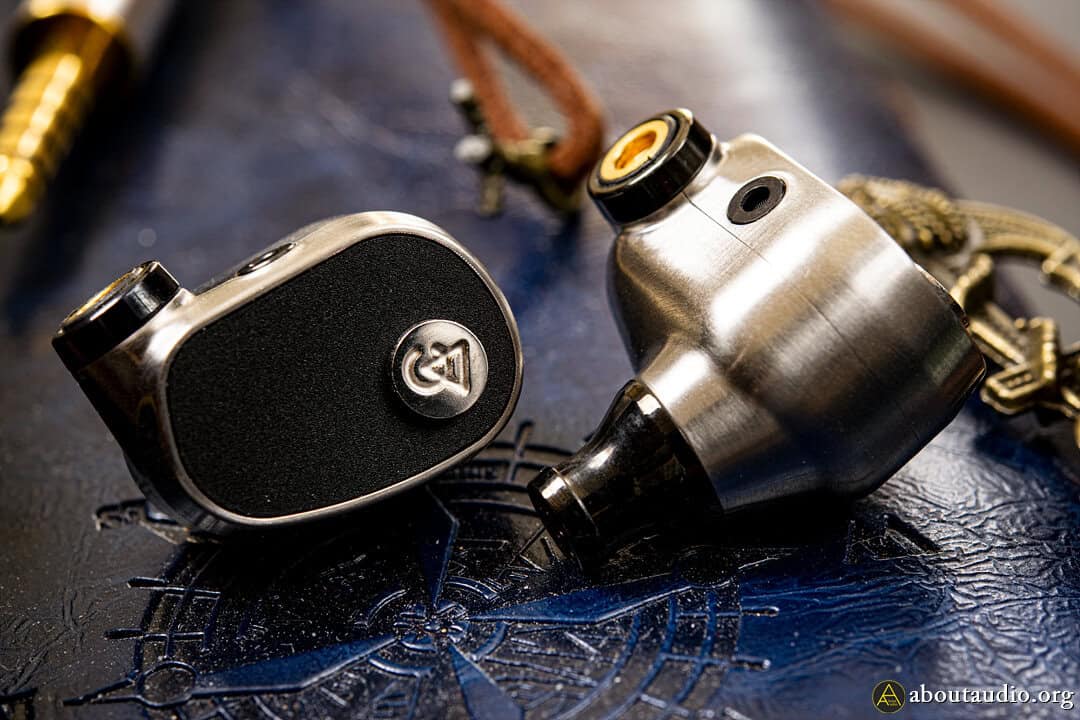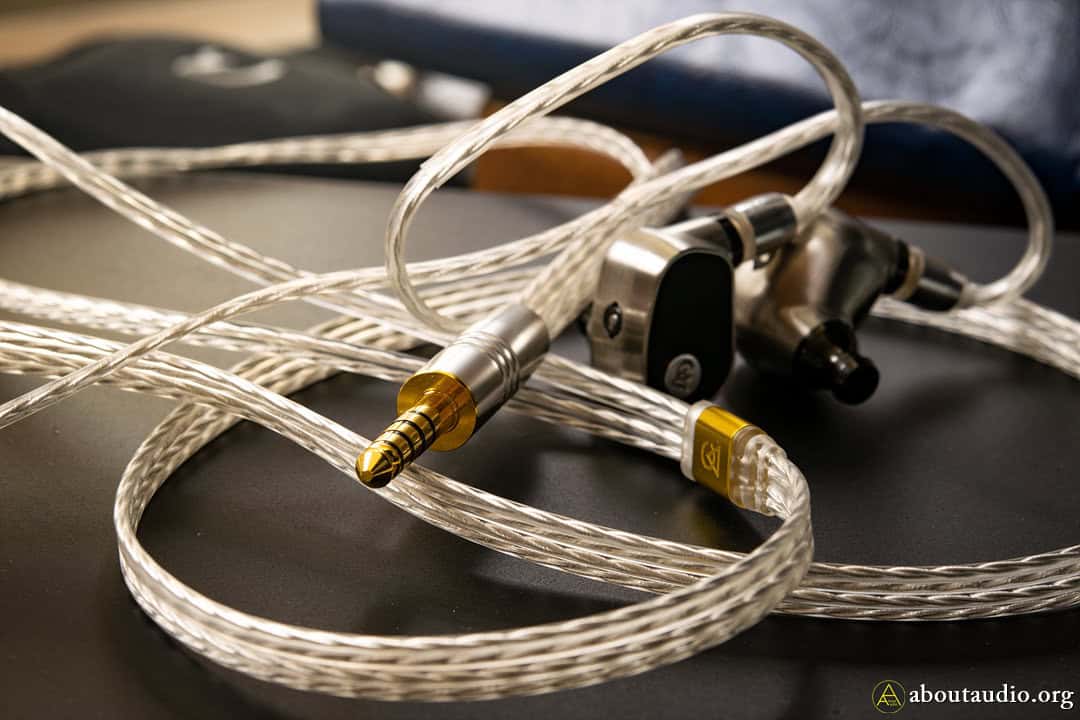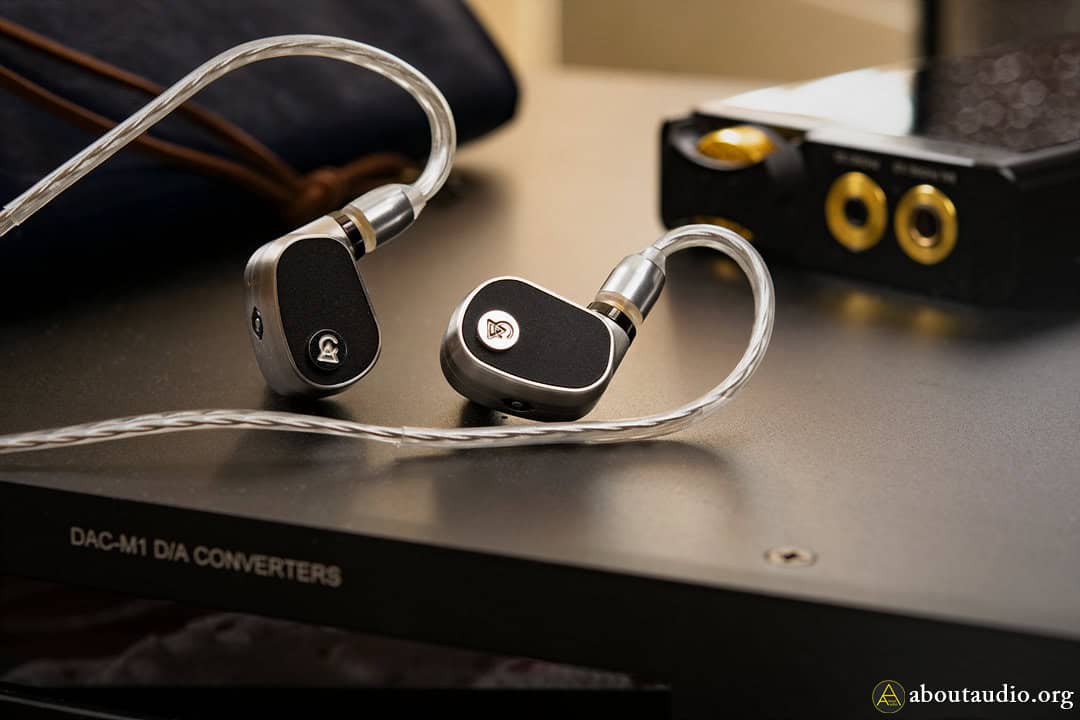
Campfire Audio Black Star Review: The Musical Solaris
Along with the recently announced Chromatic Series, Campfire Audio released a mysterious earphone called the Black Star. What is this IEM? It caught my attention for many reasons. First, it looks just like the flagship Solaris: Stellar Horizon but with a different and simpler faceplate design. It doesn’t fall into a specific product family. Most importantly, despite having the same driver count, the pricing is only one-third of Solaris: Stellar Horizon. Black Star is a limited edition released for $999 and only available until supply lasts according to Campfire Audio. Let’s dig into the details on the details of Black Star, take a thorough listen, and compare it to different IEMs including its big brother Solaris: Stellar Horizon.

What’s in the Box?
Campfire offers a simplistic style of packaging that reminds their first-generation products. The Black Star comes in a nicely designed paper box packaging included with a 3.5mm cable, a 4.4mm cable, a leather carrying pouch, a mesh carrying pouch, a mesh bag for the earpieces, 3 pairs of foam tips, 3 pairs of silicone tips, a cleaning tool, and some paperwork. Note that Black Star doesn’t come with a 2.5mm cable, unlike the other recent products. It’s quite fun going through the design art and the product descriptions written throughout the box, so take a look before putting it away.

Earpieces: Solaris… but matte black?!
Black Star has the same form factor as Solaris: Stellar Horizon, featuring a smaller and more compact body than the old generation Solaris. The earpieces sport a brushed stainless steel chassis with a matte black faceplate. Campfire Audio highlighted the simple-looking faceplate by topping a small shiny CA logo.
As for the drivers, Black Star uses a 3BA+1DD hybrid combo which is unexpected because their flagship Solaris: Stellar Horizon uses the same driver setup (just the driver counts as the drivers and internal techs are completely different). Black Star uses a 10mm dynamic driver for the lows, a single BA for the mids, and a twin super tweeter for the mid-highs and highs.
Tech & Fit
Campfire Audio States Black Star uses its Dual Magnetic DD that enhances the performance and accuracy of the diaphragm movements. Lastly, these are also applied to the internals with their Phase Harmony Engineering that allows specifically segmenting certain frequency spectrums to individual drivers to create a seamlessly connected, phasing-accurate sound. As usual, the IEM connection is finished as MMCX and styled with black rings around the MMCX ports.
The new metal chassis has not only become more beautiful but also much easier to fit. The previous Solaris shells caused me limitations on which eartips I could use whereas I can now very easily fit and match with different eartips. Black Star has a 9 Ohms impedance which is just more than double the impedance of Solaris: Stellar Horizon. Black Star is capable of handling various sources without easily causing white noise in the background.

Time Stream Stock Cables, As Usual
Campfire has also introduced a new stock cable called the Time Stream(s). Bonneville comes with three Time Stream cables, which are all MMCX terminated but with different audio plugs – 2.5mm, 3.5mm, and 4.4mm.
The silver-plated copper wires are insulated individually which gives a flat look like some old electric cables we’ve seen back then. However, Time Stream cables are softer than most other stock cables and don’t cause microphonics. From a technical aspect, avoiding modular plugs and sticking with the classic one-termination cable is better for audio quality and I appreciate Campfire Audio for that.

Sound Impressions: Low-ends
Black Star has a well-balanced, W-shaped sound signature. The bass brings out all the essentials that you’d expect from a dynamic driver’s role within a hybrid earphone. The bass scales large and dives deep, showing great body from the ultra lows to the sub-bass. The bass quantity is plentiful to call it a bass-rich IEM, yet not to the point of being fully basshead-level IEM or too bombastic. The bass keeps itself controlled and neat, hitting a sweetspot appealing to both the general taste and most bassheads.
Speaking of hitting a sweetspot, Black Star’s bass is also generally lovable due to the perfectly al dante bass. The bass isn’t mushy but isn’t stiff either. The core of the bass feels solid. The outer reverbs are just enough soft to give a musical, creamy lushness to the texture while preserving the clarity. The bass also has a lush, organic timbre unlike some that go flashy with the bass timbre. It’s a natural color tone but isn’t boring to listen to. It’s a quality bass that I often enjoy listening to from a good pair of speakers.
Next Page: Vocals & Trebles / Comparisons


